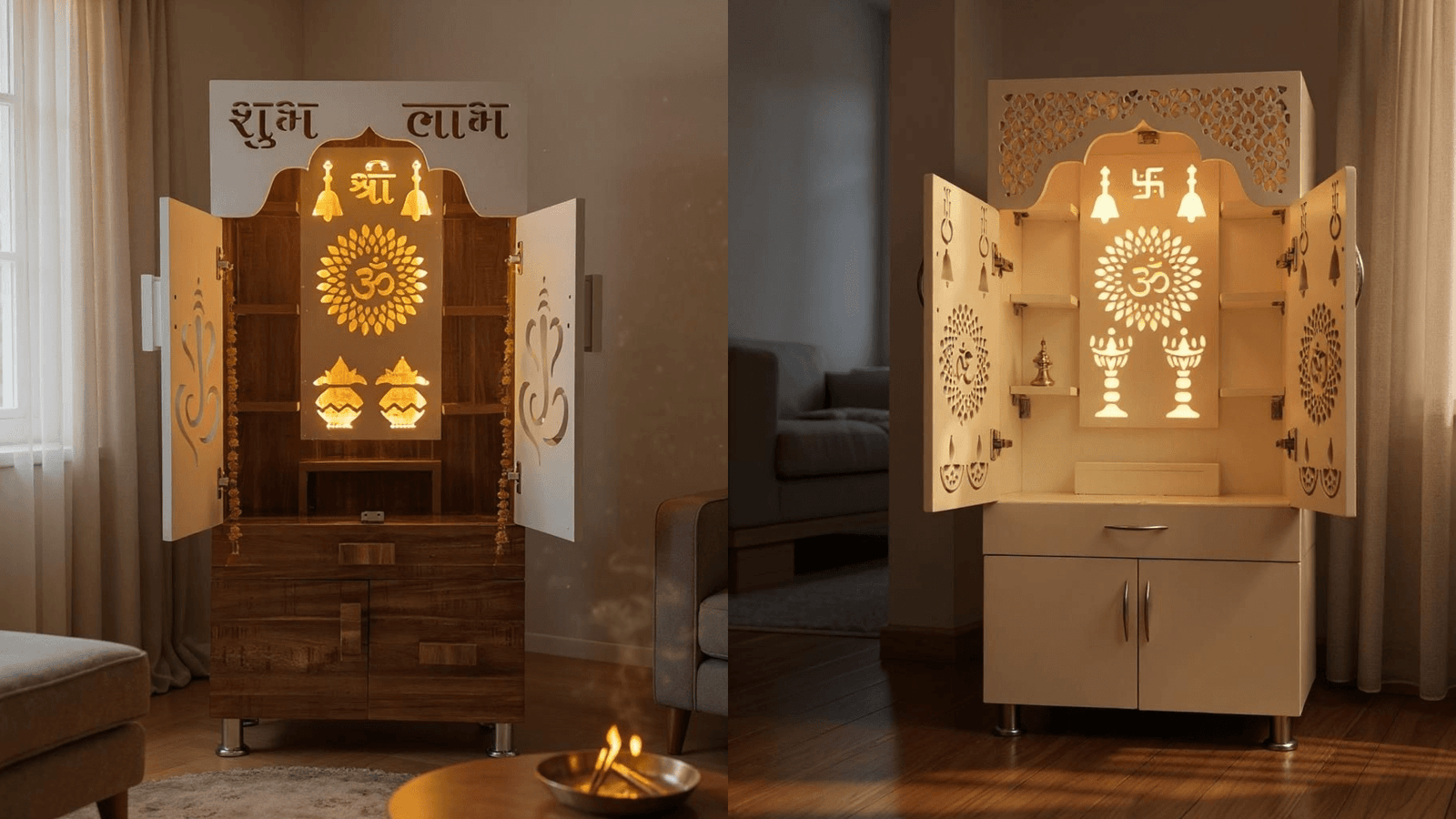Buy Mandirs Online in India – Unique Designs, Affordable Prices & Fast Delivery
If you're looking to buy a Mandir or Temple online, platforms like Flipkart, Amazon, and Meesho are popular destinations for finding a variety of options. But how do you ensure that the Mandir you choose not only looks beautiful but also offers quality and durability? That’s where Oldwolffurniture comes in.
At Oldwolffurniture, we specialize in providing the best Mandirs and Temples across all major e-commerce platforms, including Flipkart, Amazon, Meesho, and directly through our website. Our Mandirs come in a range of unique designs, crafted with premium quality materials to ensure your sacred space reflects both devotion and elegance.
Why Choose Oldwolffurniture Mandirs?
At Oldwolffurniture, we understand how important it is to create a peaceful and spiritual atmosphere in your home. We go the extra mile to




